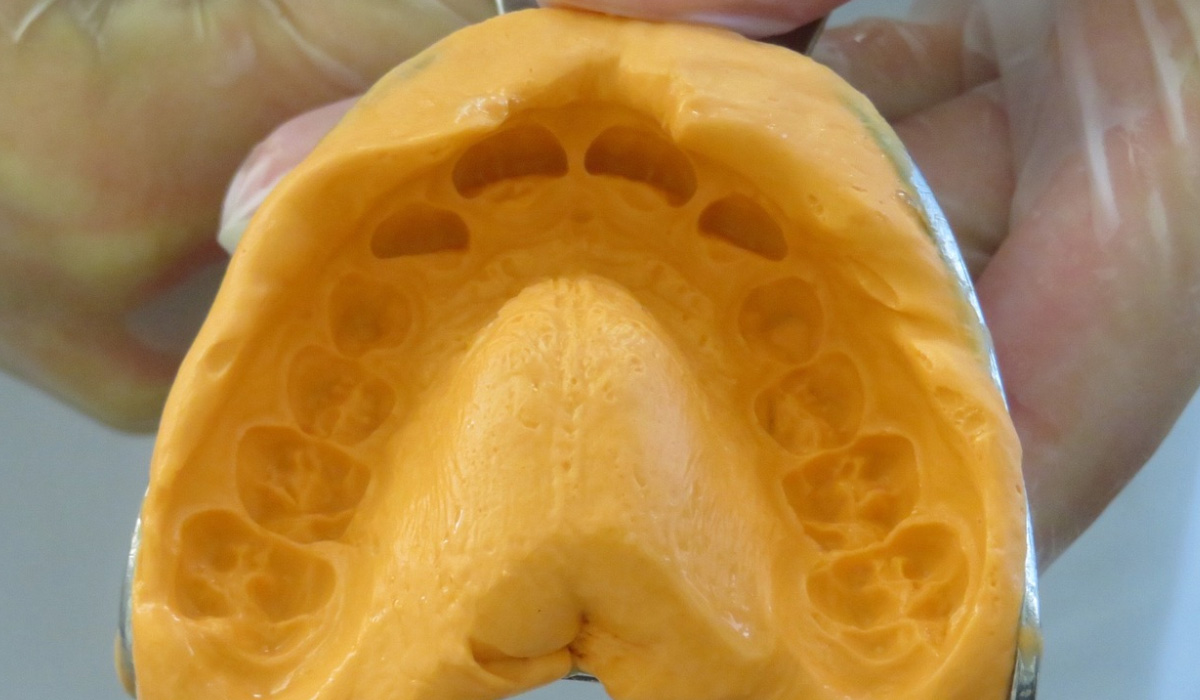Most people associate braces with awkward teenage years, but many adults need corrective orthodontics. It can happen to anyone, even if you take good care of your teeth or have had braces. Teeth sometimes shift naturally over time – and grinding your teeth can exacerbate this shifting, which is a common reaction that many adults have to stress.
Most adults would balk at having to get braces later in life – after all, who wants to walk into a business meeting or a bar with a mouth full of metal? Luckily, over the past decade, orthodontic advancements have led to many options for corrective orthodontics beyond the traditional braces many teens wear.
If your dentist has told you you need braces or want to learn more about your options, check out our list below. For more information or to schedule a consultation, visit our dental clinic in NW Calgary. We can help you identify which option is best for you.
Traditional Braces
You picture these when you think “braces” are what most teenagers get. They are composed of wires and brackets on the outside of the teeth and move your teeth into the correct position. They’re the most visible of all your options and the ones you would be least excited about.
The upside to traditional braces is that they typically work faster, tackle more severe orthodontic problems, and are less expensive than other braces – mainly invisible aligners. However, some adults prefer to start their treatment with a short course of traditional braces and then move to another, less noticeable option once the heavy lifting is done.
Ceramic Braces
You might be looking for cheaper and quicker treatment times than traditional braces offer. Or if your orthodontist says that your condition is too severe for other options, but you want to keep your teeth discrete, then ceramic might be right for you.
They are just like traditional braces, with wires and brackets, but they are much less noticeable because the ligatures and brackets are either tooth-coloured or clear. The wires are still metal and will be visible, but they’ll attract less attention and are harder to notice.
However, it is essential to note that the ligatures can stain from certain foods like coffee, tea, or curry, so most patients avoid them while wearing ceramic braces.
Lingual Braces
Lingual braces – also colloquially known as “adult braces,” are similar to traditional braces but are affixed to the backs of teeth. Like traditional braces, lingual braces have wires and brackets, which are almost impossible to see.
With the wires and brackets right up against the tongue, lingual braces can be more uncomfortable than other braces, harder to keep clean, and more impactful speech. They are also a little more expensive than traditional braces but can be more cost-effective than invisible aligners.
Jaw Expanders
You might have heard of expanders if you had braces before – or if your kid has them now. They can be used on the upper or lower jaw, and when coupled with other braces, they can improve the results and shorten treatment times. Sometimes, depending on the condition of your teeth, your orthodontist may recommend expanders first and then after your teeth have moved.
Jaw expanders work by gradually widening either jaw, which can help reduce teeth crowding so braces can work more effectively. They can also offer other cosmetic benefits like a broader smile, a more defined chin, fuller lips, and defined cheekbones.
Invisalign
By now, everyone has probably heard of Invisalign in NW Calgary. If you’re unfamiliar, it’s the leading brand name in invisible aligners, one of the most popular – and least noticeable – forms of braces. They come as a series of clear mouthpieces that gradually shift the teeth over time and can be removed for eating or cleaning. They are virtually invisible and have little impact on speech, so no one will know you are wearing them.
The two most significant disadvantages to Invisalign are the cost – it is currently the most expensive form of braces, and the duration of treatment is longer than other types of braces. In cases where a lot of orthodontic work needs to be done, patients start with traditional or ceramic braces and transition to Invisalign later.
Invisalign VS Other Brands
Few people know that Invisalign is just a brand name – and that there are other options for invisible aligners. They all work the same: the company sends you a kit, and you make impressions of your teeth. You return the impressions and receive a series of clear mouthpieces that gradually shift your teeth, usually with a new one every few weeks.
As with all things, specific kits work better than others, so you should research and ask your orthodontist’s opinion before choosing one.
Invisalign differs because the impressions are usually done in an orthodontist’s office, whereas the other kits can be done at home. Some people like this flexibility and cost savings, while others prefer the quality assurance that comes with having a professional make the dental impressions – if you don’t make them right, your aligners can worsen your teeth.
Many must realize that you can often take your at-home kit to an orthodontist, who can make the mould as they would with Invisalign. Then you can continue with the kit as directed, which can be a huge cost saver. Just double-check with your orthodontist that they are willing to do that beforehand. Contact our dentist in NW Calgary today.

